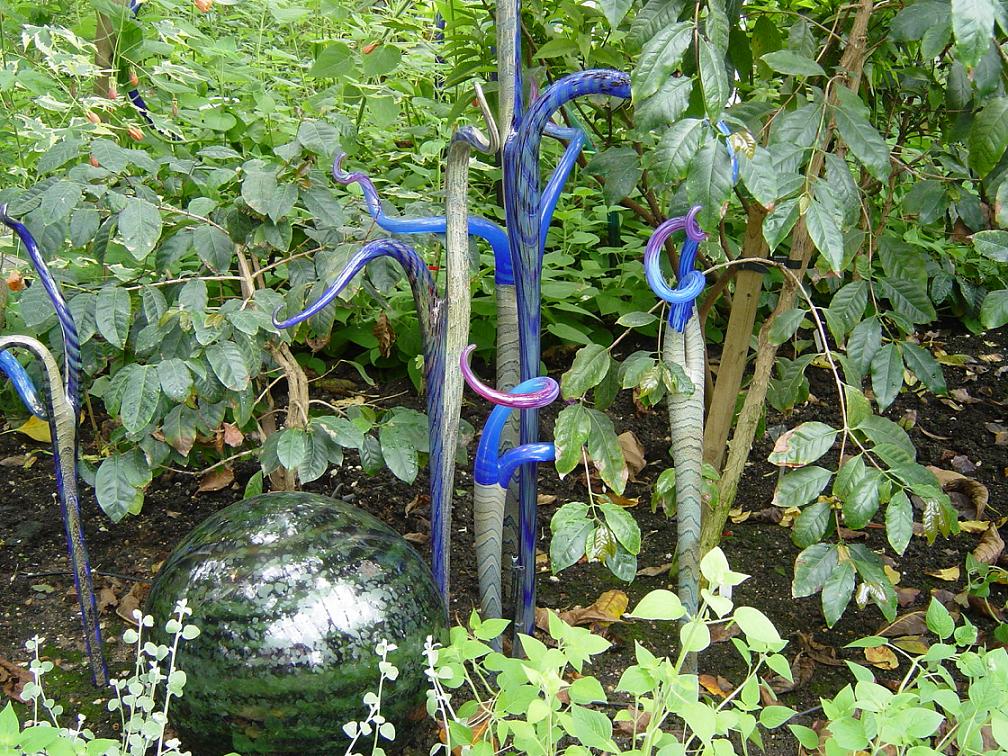Imagine. It’s 10.15 in the morning. The team’s just finished their daily standup. One of your team members seems to have gone missing.
The Office
(In an open plan office)
S.: Morning!
P.: Morning. (Pause) Everything all right?
S.: Sorry I’m late. I had to go to the vet.
P.: I didn’t know you had pets.
S.: I don’t.
It turns out Sruthi had found a sparrow lying injured on the road on her way to work. She immediately took the wounded bird to a local vet, but they refused to look after it, so Sruthi took it home and made it a comfortable little bed on her kitchen table. She then fed it some milk before setting off to work again.
Sruthi and I had had another of our 1-2-1 Agile Coaching sessions the week before. I learned that she loved animals and would like to be a vet if she could do anything else other than her current job as a Java developer.
On that fateful morning when Sruthi saved the sparrow, we both knew that her detour wouldn’t negatively impact the project. The project deliverable was being integration-tested and we had to wait until the US dev team came online in the afternoon (UK time) before she could do any more testing.
Just before Sruthi went back to her desk, I asked her what state the sparrow was in. She said she couldn’t see any external wounds, but that the bird seemed very weak. ‘It’s likely the bird won’t be alive when you get home tonight,’ I said. Sruthi looked surprised. It was the first time I had to deliver that kind of bad news on a client engagement.
The next morning, the sparrow was gone, but Sruthi and I both knew we did the right thing.
Folks who are genuinely agile, understand that people and trust are at the heart of Agile. Is there anyone on your team you don’t trust? Why don’t you trust them? What does what you think about them tell us about you?




